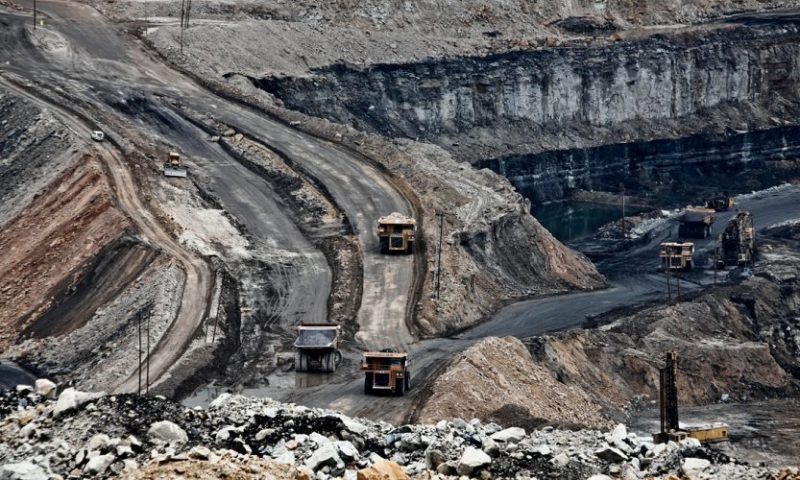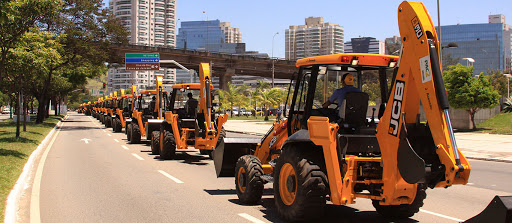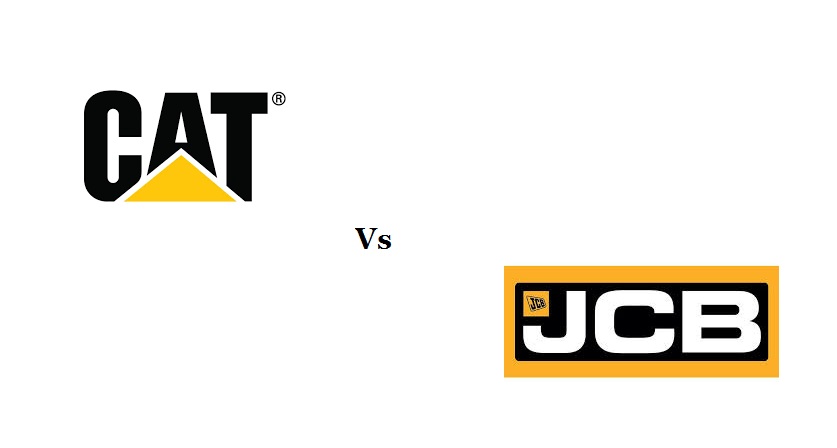

Login
Sign Up
Enter your phone number
Enter verification code
We sent a 4-digit code to your Whatsapp

Mining firms would have to fork out 30% of royalties on existing mines and 10% of royalties on all new mines to be allotted through auctions, to fund development projects in the districts.
These payout rates are much lower than the maximum permissible rates prescribed in the new mining law — 100% of royalties for existing mines and 33% for new mines.
The government is likely to notify these contribution rates and the guidelines for using such funds at the district level within the next week, a top government official told ET, adding that hundreds of crores would immediately accrue to India’s backward and Naxal-hit districts as soon as the notification is issued since the new mining law came into force in January 2015.
The Prime Minister’s Office and the home ministry are particularly keen on implementing this aspect of the Mines and Minerals (Development and Regulation) or MMDR Act of 2015, as it would bolster internal security by ploughing back significant funds for development projects in India’s mineral-rich districts that are susceptible to Left-wing extremism
“The mines ministry is likely to notify the rates for contributing to the district mineral foundation (DMF) within a week. The model guidelines for how these funds should be utilisd are also ready and states will need to operate within that construct,” the official said.
The move will raise operational costs for miners who have been resisting the DMF concept citing the ‘tough phase’ that sectors like iron ore, aluminium, steel and copper are going through. But officials said that a 30% DMF contribution rate for existing mines and a 10% rate for mines that will be auctioned from now, is moderate in comparison to the provisions of the new MMDR law.
As per the law, existing mine owners could be charged up to 100% of their royalty payments as DMF contribution, while this rate could be upto 33% of royalties in the case of new mines bid out through competitive auctions. State governments were leaning towards imposing the maximum rates permitted under the law. While mining royalties accrue to state exchequers as of now, the 2015 MMDR law aims to make a chunk of this available for district level spending.
States are in the process of setting up district level trusts for administering the DMF funds with a mandate to help those affected by mining and those who live in the area of the mine.
These are untied funds and a lot of districts could earn as much as Rs 500 crore a year. Imagine the impact of such spending in each district – they can have modern hospitals, big schools,” mines secretary Balvinder Kumar had told late last month.
However, in order to ensure that the DMF corpus is not splurged on ‘expensive’ projects like long roads and bridges, the ministry is notifying guidelines to ensure that the focus of spending is on social welfare activities, education and healthcare facilities and mitigating the pollution caused by mining operations.

Everyone from the heavy constructi Read more...

Self Loading Concrete Mixer (SLM) are the unique machine design Read more...

Many of you looking to buy the CAT backhoe loader but little bit confuse about the review. What would be the costing, what are the brands accessories they have used in the machine? Even material details will be given by the C Read more...

IRB Infrastructure
Developers ltd.
IRB Infrastructure incorporated in Read more...
Leave a Comment